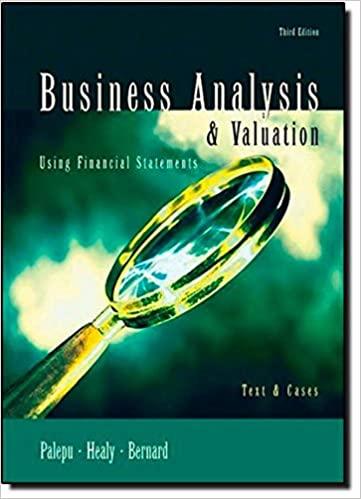hi can you please help me answer these?




1. Rights and privileges of common stockholders Larry Nelson holds 1,000 shares of General Electric (GE) common stock. As a stockholder, he has the right to be involved in the election of its directors, who are responsible for managing the company and achieving the company's objectives. True or False: Larry will receive dividends after preferred stockholders. O True O False Larry also holds 2,000 shares of common stock in a company that only has 20,000 shares outstanding. The company's stock currently is valued at $42.00 per share. The company needs to raise new capital to invest in production. The company is looking to issue 5,000 new shares at a price of $33.60 per share. Larry worries about the value of his investment. . If the company issues new shares and Larry makes no additional purchase, Larry's Larry's current investment in the company is investment will be worth This scenario is an example of . Larry could be protected if the firm's corporate charter includes a provision. If Larry exercises the provisions in the corporate charter to protect his stake, his investment value in the firm will become 4. Expected dividends as a basis for stock values The following graph shows the value of a stock's dividends over time. The stock's current dividend is $1.00 per share, and dividends are expected to grow at a constant rate of 2.70% per year. The intrinsic value of a stock should equal the sum of the present value (PV) of all of the dividends that a stock is supposed to pay in the future, but many people find it difficult to imagine adding up an infinite number of dividends. Calculate the present value (PV) of the dividend paid today (De) and the discounted value of the dividends expected to be paid 10, 20, and 50 years from now (D10, D20, Dso). Assume that the stock's required return (rs) is 8.40%. Note: Carry and round the calculations to four decimal places. Time Period Dividend's Expected Future Value Dividend's Expected Present Value Now End of Year 10 End of Year 20 End of Year 50 Using the orange curve (square symbols), plot the present value of each of the expected future dividends for years 10, 20, and 50. The resulting curve will illustrate how the PV of a particular dividend payment will decrease depending on how far from today the dividend is expected to be received. Note: Round each of the discounted values of the dividends to the nearest tenth decimal place before plotting it on the graph. You can mouse over the points in the graph to see their coordinates. 5.00 Discounted Dividends 4.00 O FV of Dividends 3.00 DIVIDENDS ($) 2.00 1.00 PV of Dividends 06 0 10 20 40 50 60 30 YEARS 5. Constant growth stocks Super Carpeting Inc. (SCI) just paid a dividend (D) of $1.92 per share, and its annual dividend is expected to grow at a constant rate (9) of 4.00% per year. If the required return (rs) on SCI's stock is 10.00%, then the intrinsic value of SCI's shares is per share. Which of the following statements is true about the constant growth model? The constant growth model implies that dividend growth remains constant from now to infinity. The constant growth model implies that dividends remain constant from now to a certain terminal year. Use the constant growth model to calculate the appropriate values to complete the following statements about Super Carpeting Inc.: per share. If SCI's stock is in equilibrium, the current expected dividend yield on the stock will be SCI's expected stock price one year from today will be per share. If SCI's stock is in equilibrium, the current expected capital gains yield on SCI's stock will be per share. As companies evolve, certain factors can drive sudden growth. This may lead to a period of nonconstant, or variable, growth. This would cause the expected growth rate to increase or decrease, thereby affecting the valuation model. For companies in such situations, you would refer to the variable, or nonconstant, growth model for the valuation of the company's stock. Consider the case of Portman Industries: Portman Industries just paid a dividend of $2.88 per share. The company expects the coming year to be very profitable, and its dividend is expected to grow by 20.00% over the next year. After the next year, though, Portman's dividend is expected to grow at a constant rate of 4.00% per year. Assuming that the market is in equilibrium, use the information just given to complete the table. Term Value Dividends one year from now (D) Horizon value (f) Intrinsic value of Portman's stock The risk-free rate (TRF) is 5.00%, the market risk premium (RPM) is 6.00%, and Portman's beta is 1.80. What is the expected dividend yield for Portman's stock today? 13.13% 9.43% 11.79% 11.34%











